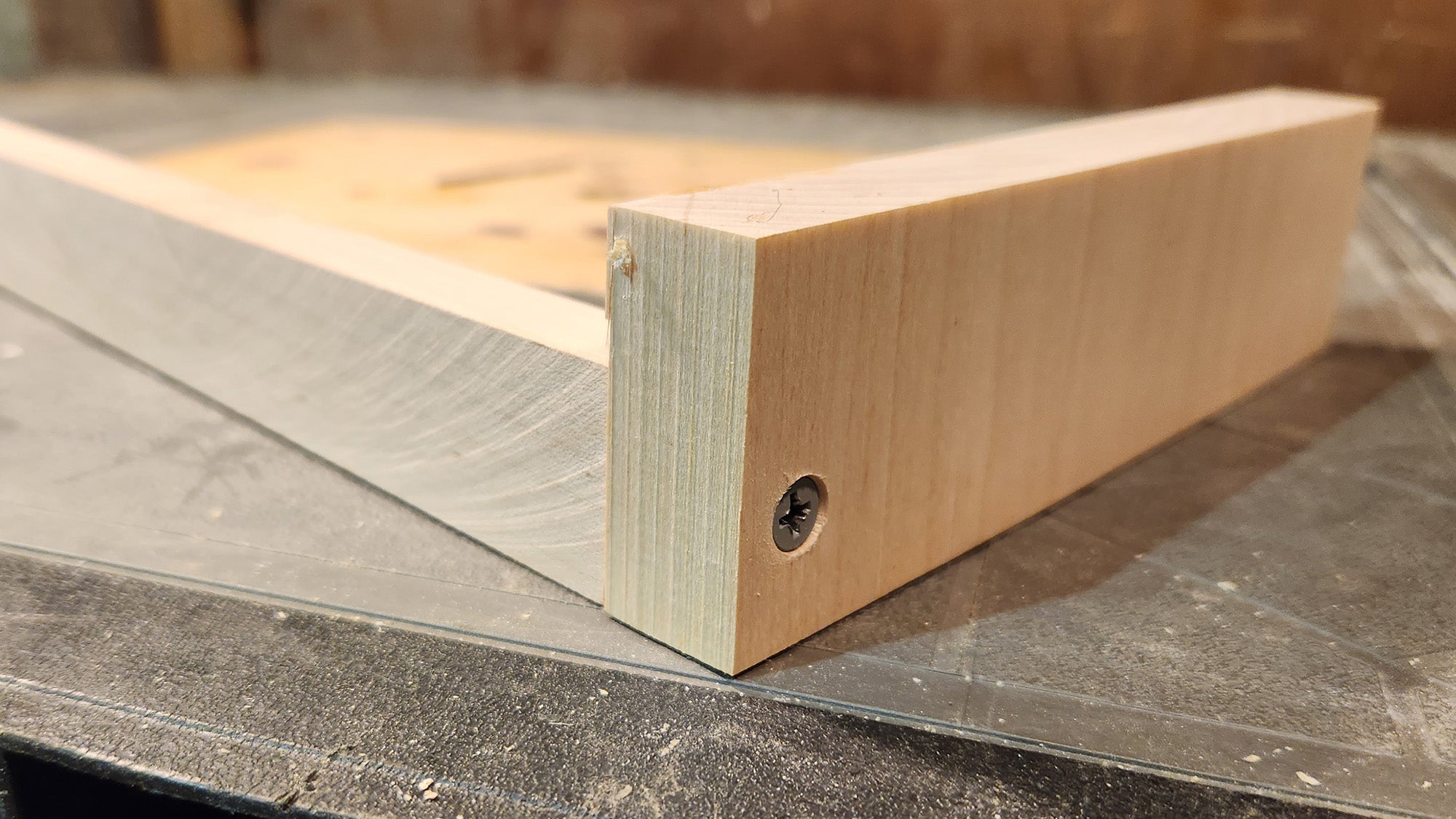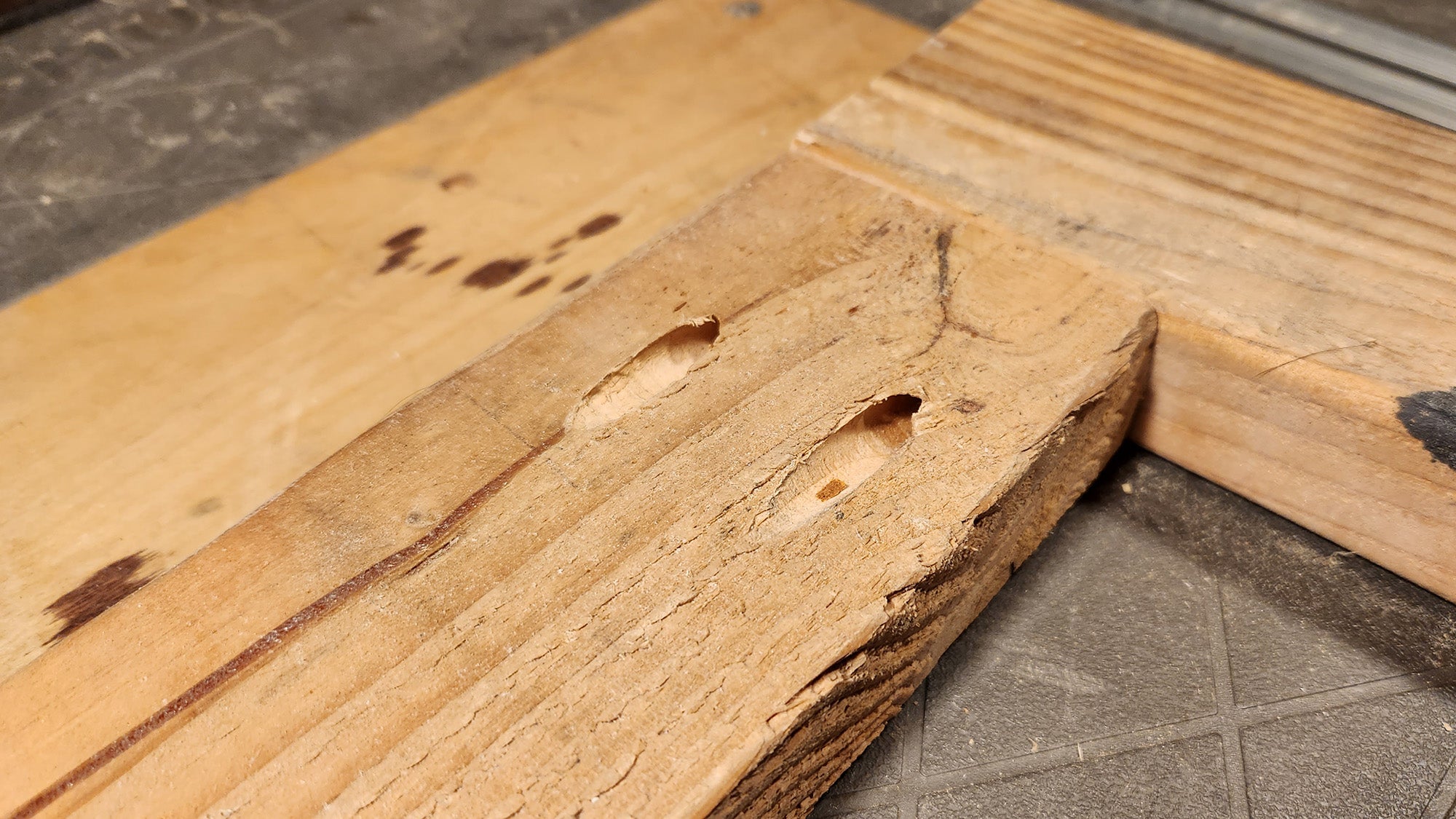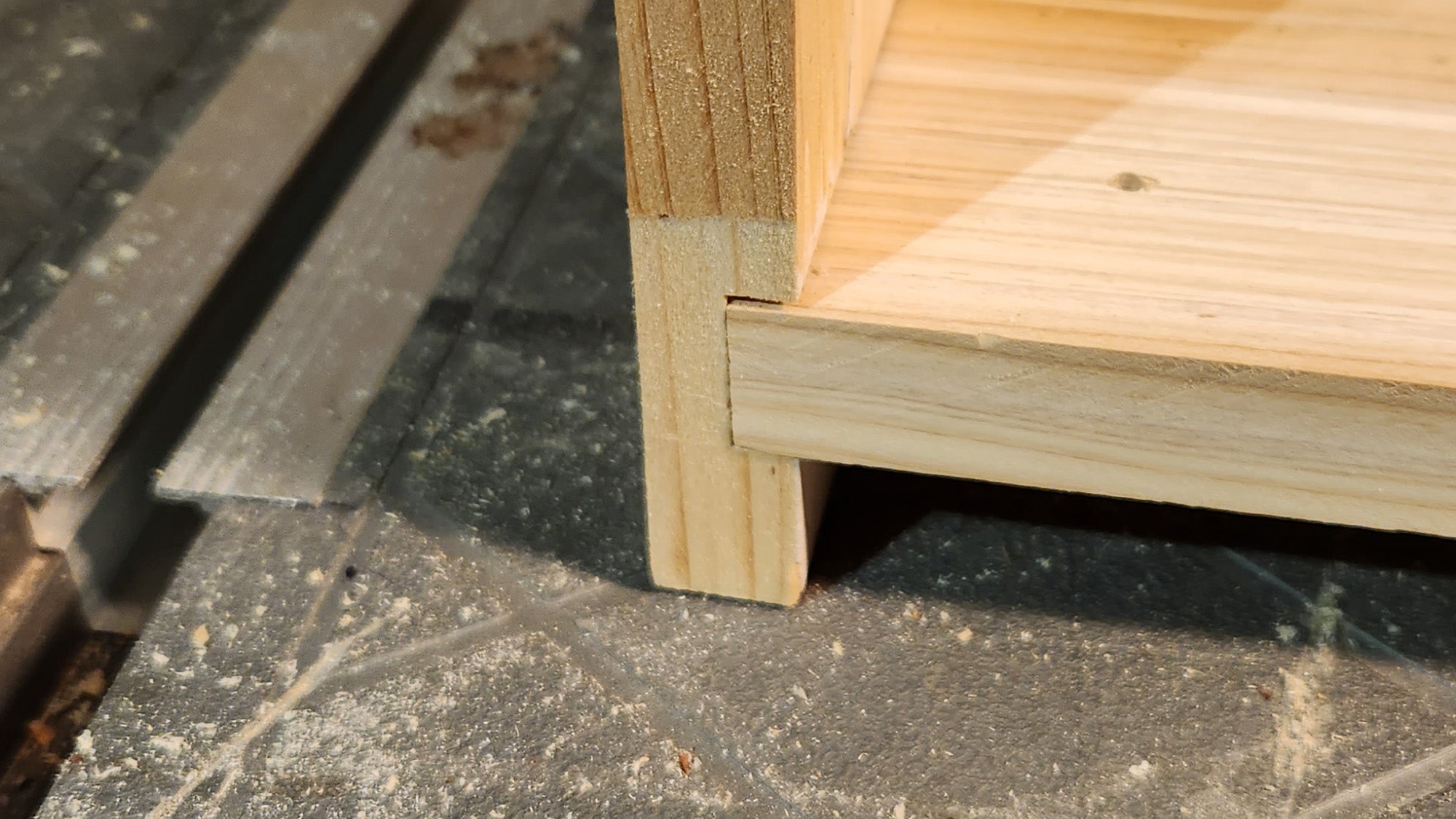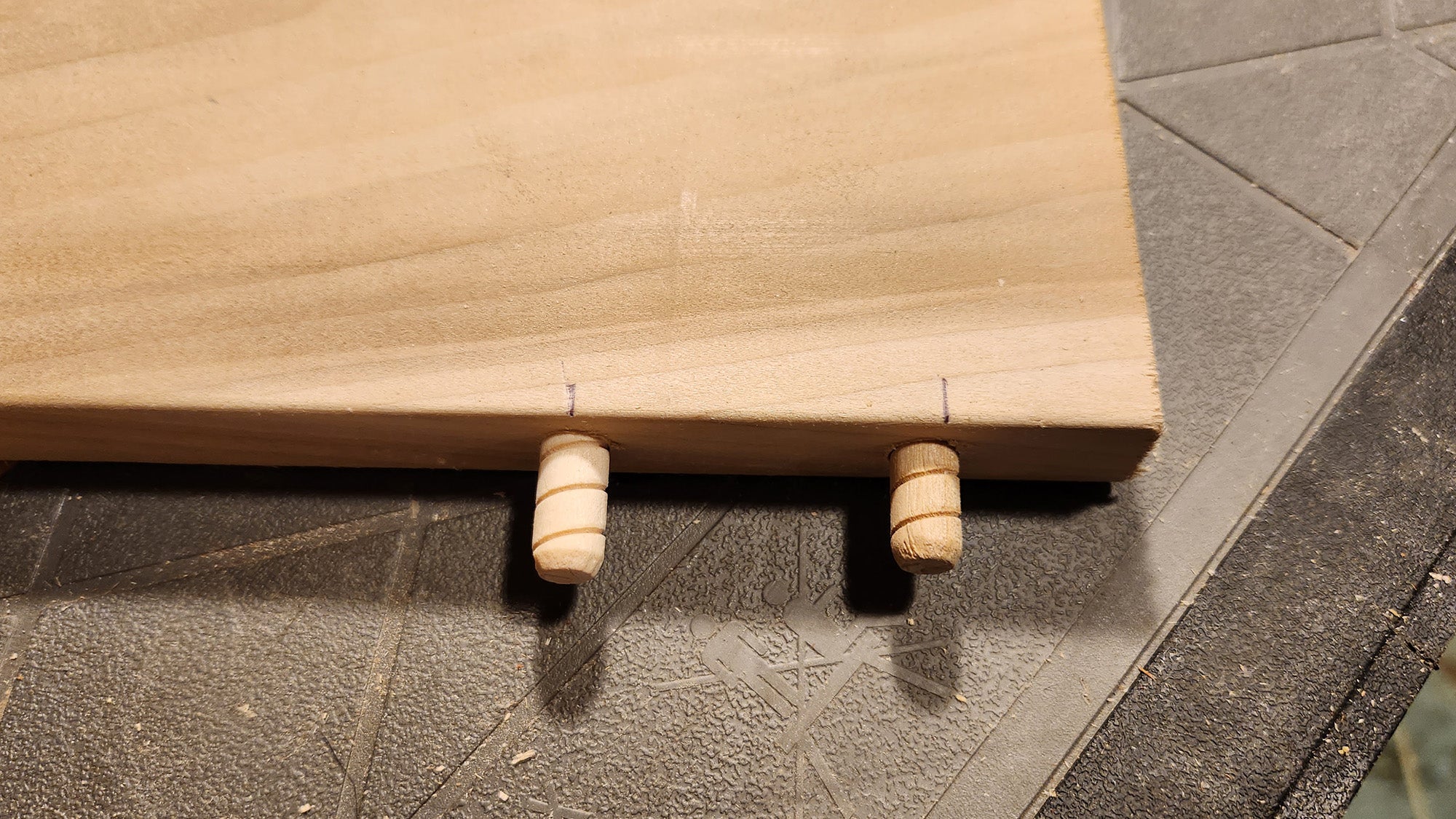Aside from properly turning lumber, knowing how to join boards at clean, tight 90-degree angles is one of the most important skills for new carpenters to master. Fortunately, there are many ways to do this.
As with most things in this business, there is no better way to reach the boards. Which method you use will depend on variables such as the tools you have, your budget, how much you can make of each type of joint, how good your project is, and of course, how fun you think it is to work with on any given day.
Each of the following four jointing methods should be accessible to the beginning woodworker and should provide good quality joints that will last for years.
distribution

The easiest way to make a 90 degree joint is to screw the outside of one board to the joined end of the other board. As usual with screws, you should pre-drill the holes to prevent the boards from splitting.
If you choose this approach, you can drill holes for the screw heads to sit under the wood subfloor. This will hide the scraper head and prevent the board from splitting when you screw it all the way in. But it can prevent accidents by keeping your shirt from getting caught on spikes while working or walking clean.
If you don't like the look of the wheels, you can cover them with wood putty or drill a hole with a stud just big enough to hide the exhaust. This can also be a design opportunity - by using contrasting wood for the shelves, you can add an interesting visual touch to the room.
[Related: Cool Woodworking Tools You Have Around the House]
The disadvantage of using only screws to create a square joint is that all the load in the joint is concentrated in the area of the screws. This means that in these places, especially if the panels are thin, they can break or crack. If the joint is used and the natural expansion and contraction of the wood over time, the screws can loosen.
To make this joint stronger, you can add a bead of glue to one end of the board to ease the tension. In this case, the glue acts as the main support, and the screws act as clamps until the glue dries.
Use screws with joint holes that are easy to hide

If you don't want to see screws or faucet holes, you can try pocket hole screws. This method requires a drill, is inexpensive and allows for quick and accurate drilling.
Using an awl, drill long, angled holes in the face of the board toward the edge. These holes hold the screws at an angle, allowing them to protrude from the edge and sink into the next board. While you're carefully planning your project, you can drill these holes inside, under, or on the back of the finished piece so they're hidden. If you want to drill a hole in a visible part of your project, or if you want a smooth look without holes, you can attach them with pre-cut or regular screws. Remember that these effects are often visible in one form or another, so it's best to plan ahead and hide them as much as possible.
The pocket hole narrowing method has the same limitations as the previous method on this list - all the force of the key is concentrated in a very small area. But as mentioned above, the adhesive line permanently secures the woven panels.
Pocket screws and glue is how I made my first piece of furniture that is still as strong as the one I made ten years ago.
Parents create a mechanical support between the boards

It is best to use screws and glue to join the wood, but if you want more stability and durability, you can insert one board into another. This is where the easy father comes in.
A bolt joint is basically a channel cut out of a board the same width as the board to be joined, allowing the pieces to fit snugly together. As an added benefit, the supports provide more surface area for the glue to adhere to - on all three sides of the channel, rather than on each end of the wood. This will make the glue stronger and prevent the wood from cracking.
You can make one of these joints using a miter saw on a table saw. If you don't have one, you can make multiple passes with one blade or use a router with a straight bit and a ruler.
For joints with invisible joints, use nails, cookies and dominoes

The last and most advanced technique on our list is using wedges, cookies or dominoes. The idea is to drill matching holes in adjacent boards and glue a piece of diamond wood into those holes to connect the boards.
The easiest and cheapest of these options is to use standard nails and a tool with an electric drill. Mark the location of the holes and use the instructions on the template to drill them. Stick the paste in place, apply some glue to the edge of the board and hold it together until the glue dries. Essentially, this creates a burr-to-barrel connection without having to cut the burr and tenon, which takes time and skill and practice. Like the nut, this method strengthens the joint by providing mechanical support and increasing the adhesive surface. As an added bonus, the clips are completely hidden in the panel, creating smooth transitions.
[Related: Build Your Own Flatwood Router Without Buying Big, Expensive Tools]
Cookies and dominoes are essentially the same in practice, but they use different stick shapes. It also requires expensive specialized equipment. Flat, thin and oval biscuits are generally used for welding rather than adding great strength to the joint. Domino, on the other hand, looks like a wide flat wedge and provides stretch as well as high shear strength.
If you're a regular user, a splicer works fine and is the cheapest option - that's what I use. If you're primarily concerned with gluing the panels together and keeping them flat while gluing, cookie cutters are a great option. If you end up making a lot of furniture with complex corners at the joints, investing in dominoes can be very expensive.



